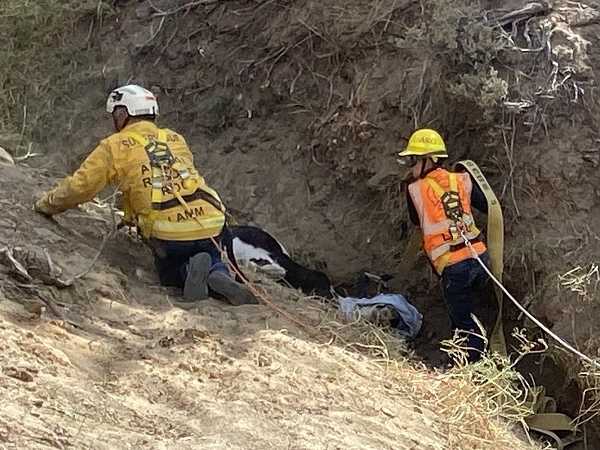|
Safety harnesses are essential when working in or over hazardous areas or leaning over a large animal that could unexpectedly move and push the rescuer off balance. A second rescuer holding a tag line (lanyard) must be prepared to promptly pull the first rescuer back if conditions warrant. Ideally the tag line should be attached to the harness at or near the shoulder blades.
C
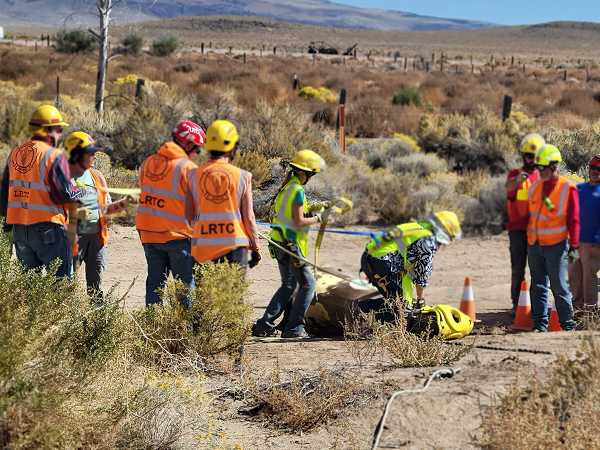
Military Spec. Harness, required for high angle operations, useable for normal operations.

Harnesses must be safety-checked by a qualified person before the wearer enters the work zone!
The person on the tag line should safety check the harness before engaging in operations.
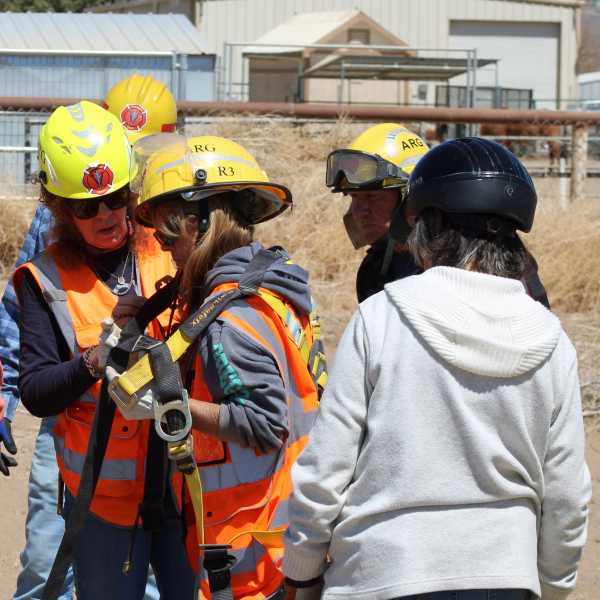
DEPLOYMENT
Rescue-1: Harnesses are stowed on the top shelf of compartment No. 2

Rescue-2: Harnesses are stowed in compartment No. 2.
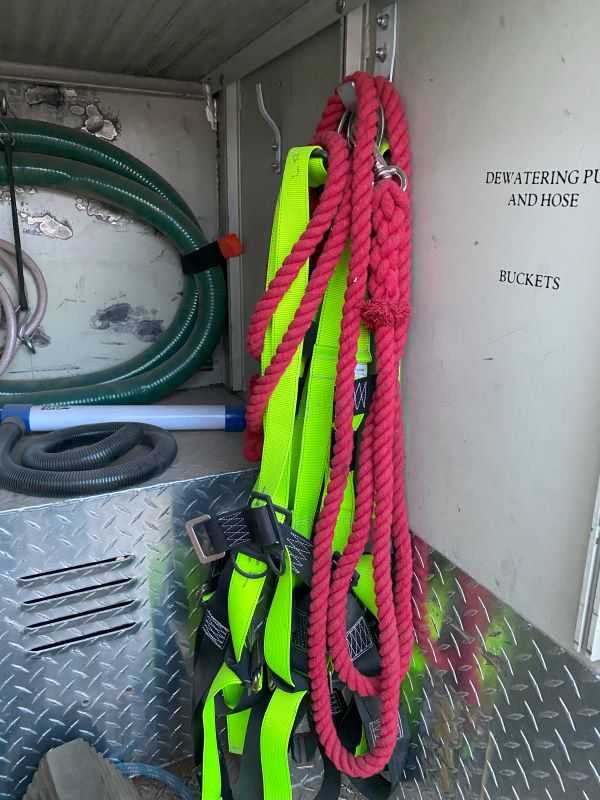
Rescue/Transport-11: Harnesses are stowed in compartment No. 4.
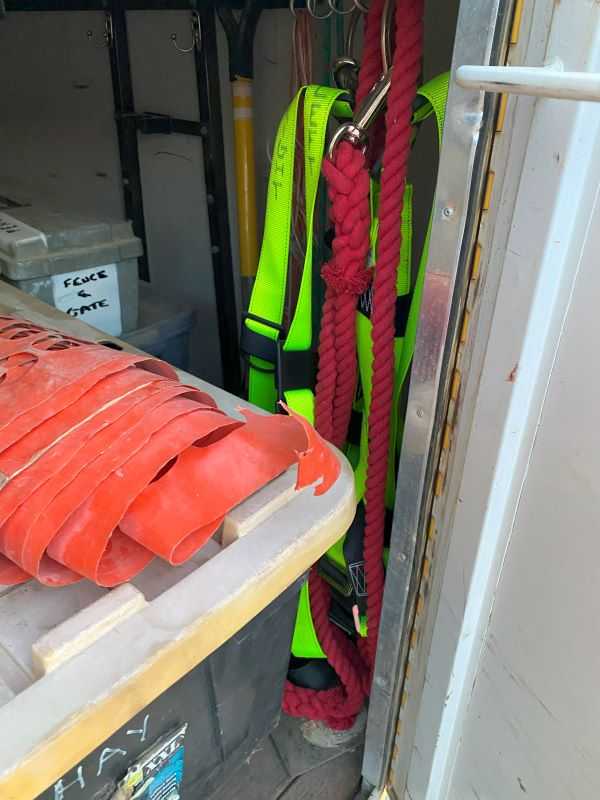
Incident Support Unit-1: Harnesses are stored in compartment No. 2.

|



